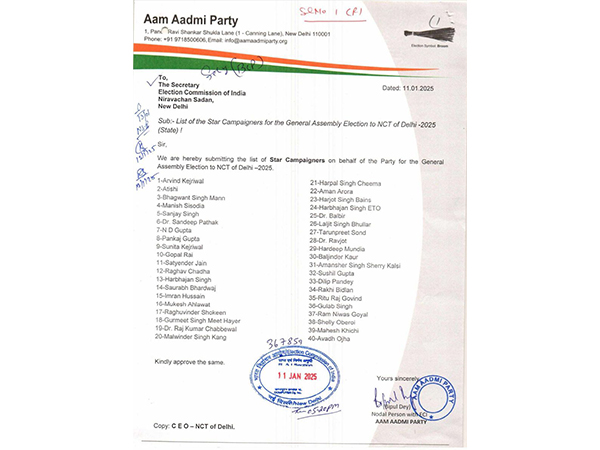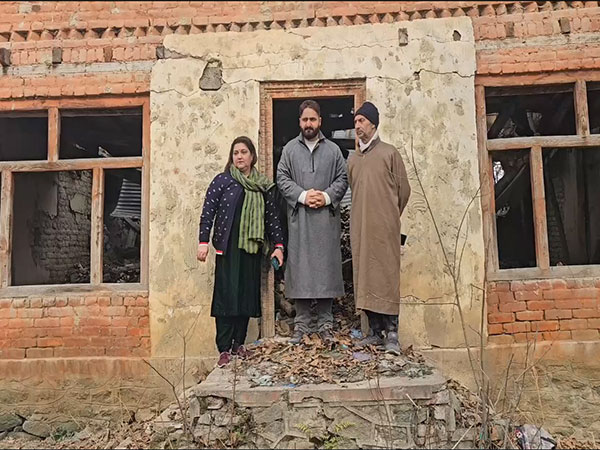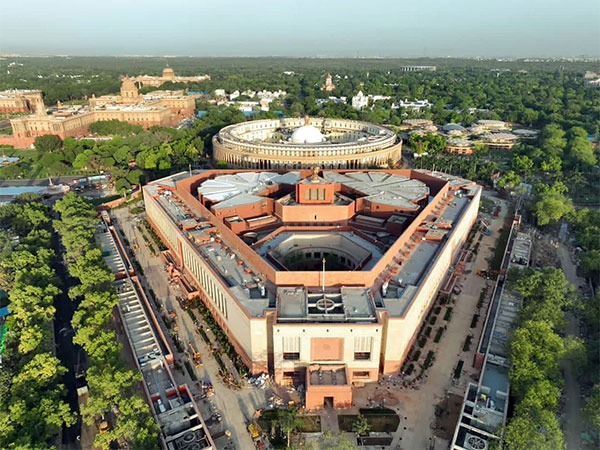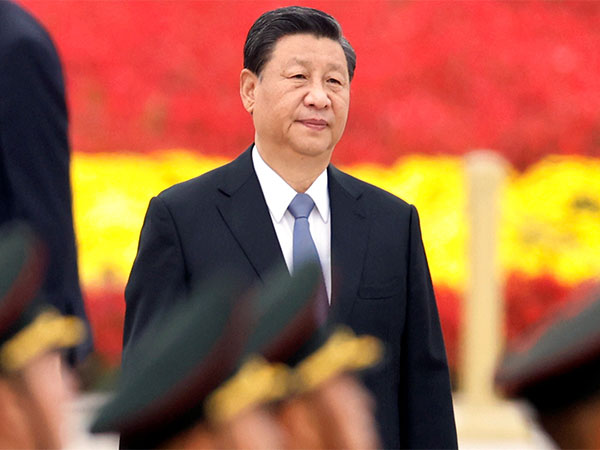New Delhi [India], (ANI): India successfully test-fired the ‘Rudram’ Anti-Radiation Missile, developed by Defence Research and Development Organisation (DRDO), from a Sukhoi-30 fighter aircraft off the east coast on Friday.
Defence Minister Rajnath Singh took to Twitter to congratulate DRDO and other stakeholders for the test’s success.
“The New Generation Anti-Radiation Missile (Rudram-1) which is India’s first indigenous anti-radiation missile developed by DRDO for Indian Air Force was tested successfully today at ITR, Balasore. Congratulations to DRDO & other stakeholders for this remarkable achievement,” the Defence Minister tweeted.
As per the official statement, Rudram is the country’s first indigenous Anti Radiation missile for Indian Air Force, being developed by DRDO, and is integrated on SU-30 MkI fighter aircraft as the launch platform, having the capability of varying ranges based on launch conditions.
“It has INS-GPS navigation with Passive Homing Head for the final attack. The RUDRAM hit the radiation target with pinpoint accuracy. The Passive Homing Head can detect, classify and engage targets over a wide band of frequencies as programmed,” it said.
The statement added that the missile is a potent weapon for the Indian Air Force for suppression of enemy air defence effectively from large standoff ranges.
“With this, the country has established indigenous capability to develop long-range air-launched anti-radiation missiles for neutralising enemy Radars, communication sites and other RF emitting targets,” the statement stated further.
Rudram missile will give Air Force capability to detect and attack enemy radars: DRDO
The Rudram -1 anti-radiation missile launched from a fighter aircraft would require a few more tests to be completely proven and will provide Indian Air Force with the capability to strike enemy radars including surveillance and air defence systems, said DRDO chairman Dr G Satheesh Reddy on Wednesday.
The Rudram-I missile system was successfully testfired recently from a Sukhoi-30MKI fighter aircraft near the East coast and it hit its intended target successfully there.
“It (Rudram-I) is basically anti-radiation missile launched from an aircraft and when you release it, it will be able to detect any emitting elements and then you will be able to lock on to that emitting element and then it will be able to go on to act on them,” DRDO chairman Dr G Satheesh Reddy told ANI.
“So, this is what was being attempted in the trial what we have done. It has been released from aircraft and it could detect the emitting elements and that’s what it tested. So, that proves the total capability of the air-launch anti-radiation missile and so we need to do a couple of more trials to prove the complete system, technologies under various conditions,” he added.
Asked what capability it would provide to the Air Force, he said, “Once it goes to IAF, it will strengthen the force attacking the enemies emitting elements (Radars).”
Asked about the Nirbhay Missile testfiring which did not succeed, the DRDO Chief the Missile has been fire tested earlier and has been successfully completed all the development trial it has gone through.
“We only wanted to increase the indigenous content by incorporating many things including the engine and various other things. So the missile has actually gone off very well, it took off very well.. the separation and many other things. The engine also started functioning very well. After that some snag has come,” he said.
Reddy said DRDO scientists are looking into the snag and that must be some one element malfunctioning or something like that.
“Right now, I am not very sure today, a team is looking into it and we should be able to come out of it and will be going ahead with the programme in a very accelerated way,” he said.
Nirbhay is a subsonic cruise missile with ranges of around 1,000 km. (ANI)
















